Genre conventions refer to the characteristics that define and distinguish a particular genre of literature, film, or other forms of media. These conventions serve as a set of rules or guidelines that inform creators about the expectations of their audiences and provide a framework for creating a work that is recognizable within a specific genre.
Genres can be broadly categorized into various forms such as romance, action, horror, comedy, and drama. Each of these genres has its own set of conventions that differentiate them from one another. For example, the romance genre typically features a central love story with a happy ending, while the horror genre focuses on creating a sense of fear and terror in the audience through elements such as suspense, supernatural creatures, and gore.
The complexity comes in that having some genre conventions does not mean a work of art is entirely in that genre. And not having a wealth of these genre conventions does not mean a work is NOT in a certain genre. For example, having supernatural creatures or violence does not mean it is solidly a horror movie. And a movie that does not have many of the horror genre conventions could still be in the horror genre. Genre is complex, as is genre conventions.
One of the key elements of genre conventions is the use of archetypes. An archetype is a universal symbol or character that represents a particular personality, behavior, or theme that is commonly found in literature, movies, and other forms of media. For instance, in the romance genre, the archetypes of the hero and the heroine are often used to create a central love story. The hero is typically depicted as strong, brave, and protective, while the heroine is portrayed as vulnerable, emotional, and in need of rescue.
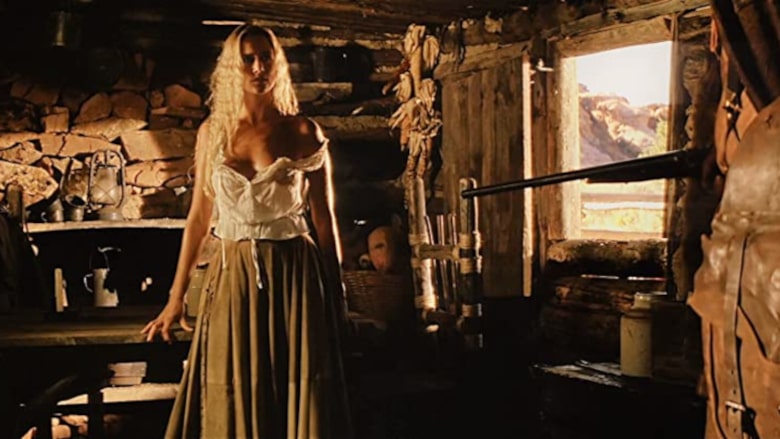
Another important aspect of genre conventions is the use of specific settings, themes, and motifs. For example, the Western genre is often set in the American frontier during the 19th century and features themes of rugged individualism, justice, and revenge. Similarly, the science fiction genre often takes place in a futuristic world and explores themes of technology, exploration, and the future of humanity.
In addition to these elements, genres also have their own unique stylistic features such as dialogue, pacing, and tone. For example, the thriller genre often features fast-paced action and suspenseful dialogue, while the comedy genre typically uses humor and wit to entertain the audience.
While adhering to genre conventions can provide a framework for creators, it can also lead to the risk of cliches and predictability. Therefore, it is important for creators to balance the use of conventions with originality and creativity to create a work that is both recognizable within its genre and unique in its own right.
Horror Genre Conventions
The horror genre has a long and fascinating history, dating back to the earliest days of human storytelling. Ancient cultures around the world told tales of monsters, ghosts, and other supernatural beings that haunted and terrorized their communities.
In Western literature, the horror genre can be traced back to the Gothic fiction of the late 18th and early 19th centuries. Writers such as Mary Shelley, Edgar Allan Poe, and Bram Stoker explored themes of death, decay, and the macabre in their works, laying the foundation for the horror genre as we know it today.
As the genre evolved, certain genre conventions emerged that have become staples of horror storytelling.
- Gothic architecture and settings: Many horror stories use creepy old buildings, castles, or mansions with dark, ominous hallways, secret passageways, and other Gothic elements to create an atmosphere of fear and foreboding.
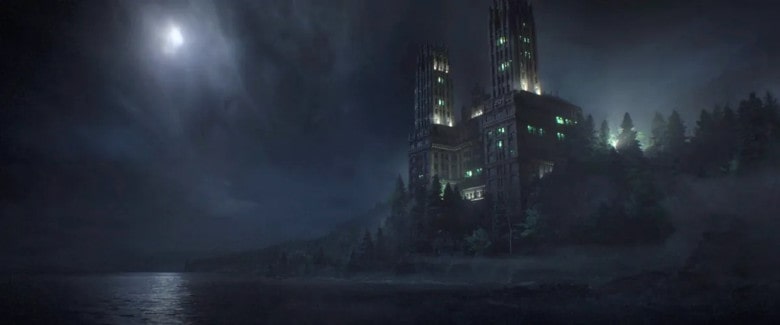
Creepy Research Hospital in Malignant (2021) as example of horror genre convention - Supernatural or paranormal elements: Horror often involves ghosts, demons, vampires, werewolves, witches, or other supernatural entities that defy scientific explanation and add a sense of dread and unease.
- Blood and gore: Violence and gore are often a staple of horror, as gruesome deaths, dismemberment, and other graphic scenes can shock and scare audiences.
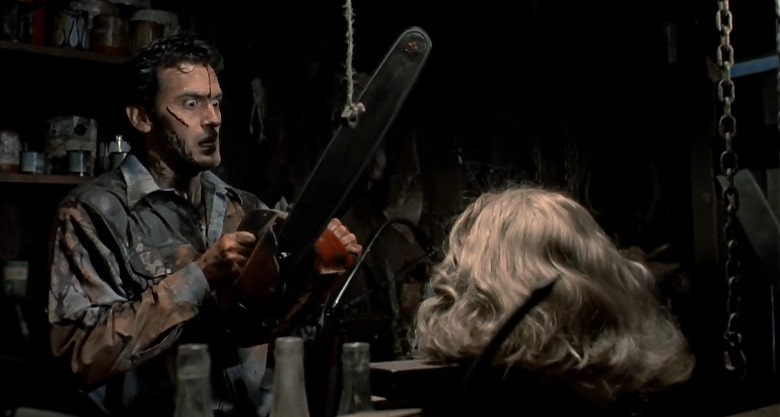
The Evil Dead franchise is known for its buckets of blood and gore, but also for its use of humor when using gore. - Jumpscares: Sudden, unexpected moments of terror or shock, often accompanied by a loud noise or music sting, are a common technique in horror movies and games.
- The “final girl” trope: A common trope in horror films, where the final survivor of a group of victims is often a resourceful, brave female character who outwits the killer or monster.
- Isolation and confinement: Trapping characters in a remote location or an enclosed space, such as a haunted house, spaceship, or underwater facility, can create a sense of claustrophobia and helplessness.
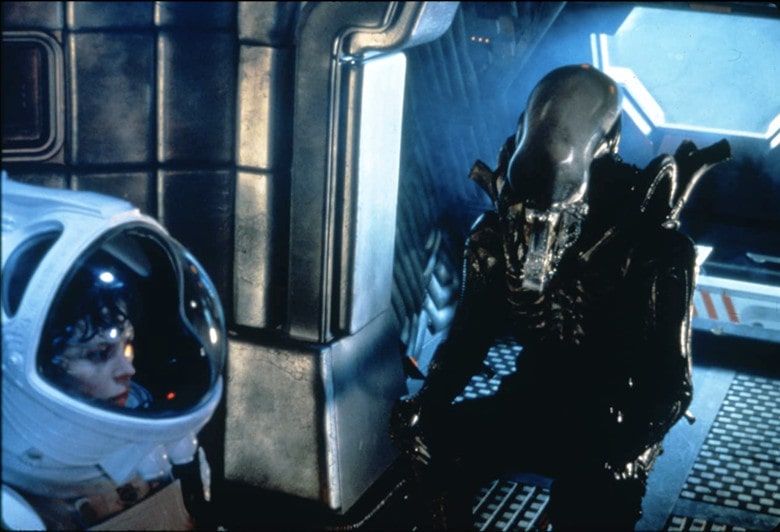
Alien (1979) is a good example of both isolation and a “final girl” in a classic horror movie. - Darkness and shadows: Dimly lit scenes, flickering candles, and shadows that seem to move on their own can create an ominous and unsettling mood. Darkness in itself can be scary.
- Unreliable narrators: Horror stories sometimes use narrators who are mentally unstable, under the influence of drugs, or otherwise unreliable, making it hard for the audience to trust what they see or hear.
Scifi Genre Conventions
The science fiction genre has a rich history that dates back to the early 19th century. The term “science fiction” was coined by Hugo Gernsback in 1926, but the genre can be traced back to the works of writers such as Jules Verne and H.G. Wells, who wrote about fantastical scientific concepts and technologies.
In the early days of science fiction, the genre was often focused on exploring the possibilities of new technologies and their impact on society. Works such as Mary Shelley’s Frankenstein and H.G. Wells’ The Time Machine examined the dangers and potential benefits of scientific advancement.
As the genre evolved, certain conventions emerged that have become staples of science fiction storytelling.
- Time travel: The ability to travel through time, either to the past or the future. Example: “Back to the Future” franchise.
- Artificial intelligence: Intelligent machines or computer programs capable of human-like thought and behavior. Example: HAL 9000 from “2001: A Space Odyssey”.
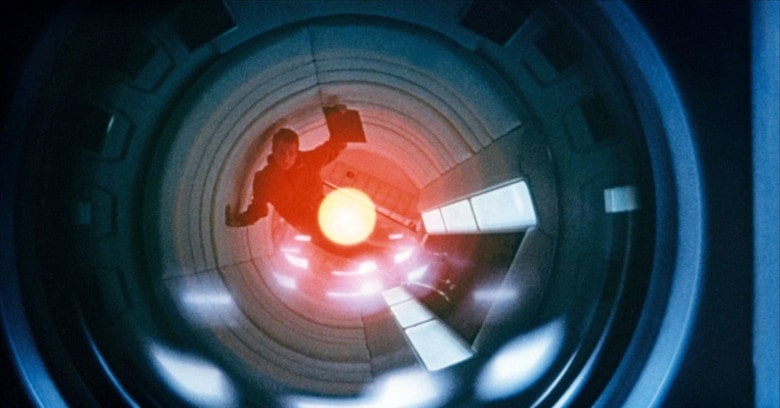
HAL 9000 in 2001: A Space Odyssey as an example of scifi genre conventions - Alien civilizations: Extraterrestrial life forms with their own unique societies and cultures. Example: the Vulcans and Klingons from “Star Trek”.
- Dystopian societies: Futuristic societies characterized by poverty, oppression, and a lack of individual freedoms. Example: “The Hunger Games” franchise or John Carpenter’s Escape from New York.
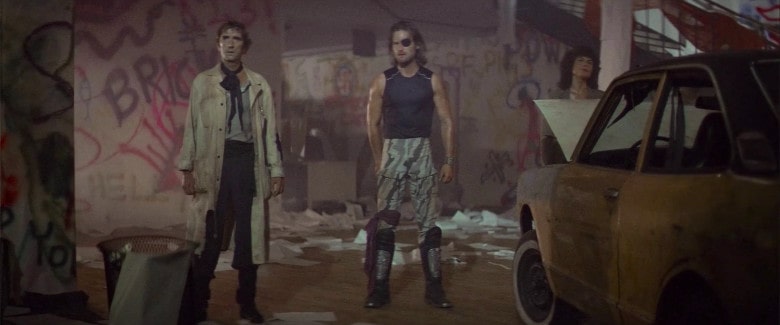
Escape from New York featured many scifi technologies and conventions in an otherwise dystopian world. - Space exploration: The exploration and colonization of space. Example: “Star Wars” franchise.
- Cybernetic implants: The integration of technology with the human body, often used to enhance physical or mental capabilities. Example: RoboCop from the “RoboCop” franchise.
- Interstellar warfare: Conflict between different species or factions in outer space. Example: “Battlestar Galactica” franchise.
- Alternate realities: Worlds that differ from our own, often created by time travel or parallel universes. Example: “The Matrix” franchise.
Mystery Genre Conventions
The mystery is another genre that has a long history. In ancient cultures around the world, tales of crime and punishment were often used as a way to reinforce societal norms and values.
In Western literature, the mystery genre can be traced back to the mid-19th century, when writers such as Edgar Allan Poe and Wilkie Collins began to explore themes of crime, detection, and suspense in their works. These early mystery stories often focused on the exploits of brilliant and eccentric detectives, such as Poe’s Auguste Dupin and Collins’s Sergeant Cuff.
As the genre evolved, certain conventions began to emerge. Here are a number of mystery genre conventions that can be seen again and again in movies and stories.
- Whodunit: A classic mystery trope where the reader or viewer is presented with a crime and must try to solve it along with the detective. Examples include Agatha Christie’s “Murder on the Orient Express” and Arthur Conan Doyle’s Sherlock Holmes stories.
- Red Herring: A misleading clue or piece of information that is meant to throw off the detective and the reader/viewer. Examples include the character of Mrs. Danvers in Daphne du Maurier’s “Rebecca” and the character of Tommy in Gillian Flynn’s “Gone Girl.”
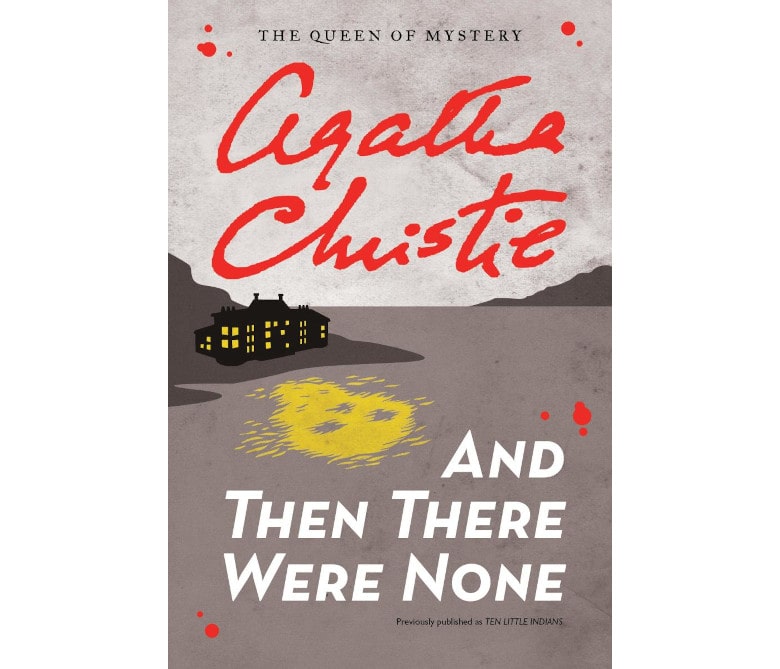
Agatha Christie’s And Then There Were None is one of the most famous examples of red herrings, introducing many, including a large amount found at the very end. - Locked Room Mystery: A subgenre of mystery where the crime takes place in a confined space and the perpetrator appears to have vanished into thin air. Examples include Edgar Allan Poe’s “The Murders in the Rue Morgue” and Agatha Christie’s “And Then There Were None.”
- Noir: A subgenre of mystery that is characterized by its dark and moody tone, as well as its focus on morally ambiguous characters and themes of crime, corruption, and betrayal. Examples include Dashiell Hammett’s “The Maltese Falcon” and James M. Cain’s “Double Indemnity.”
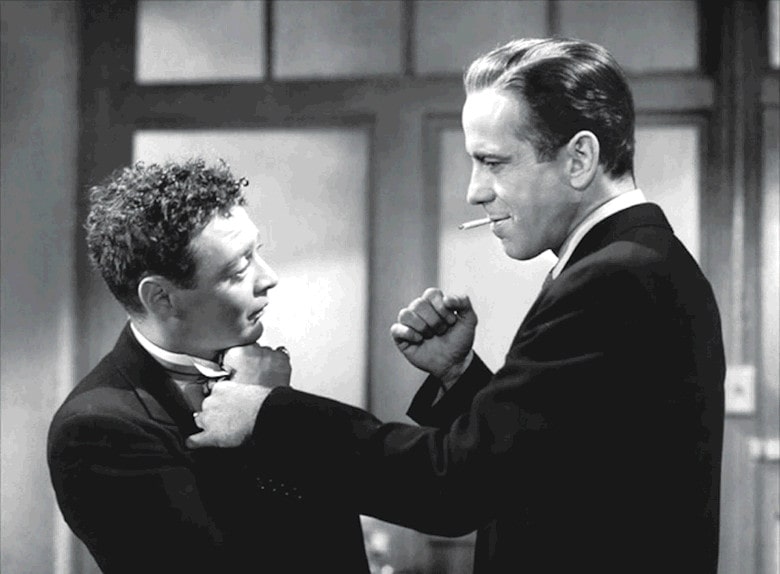
The Maltese Falcon (1941) as one of the most defining noir books and movies of the mystery genre. - Police Procedural: A subgenre of mystery that focuses on the work of law enforcement officers and the investigative process. Examples include Michael Connelly’s “Harry Bosch” series and Ed McBain’s “87th Precinct” series.
- Amateur Sleuth: A mystery trope where the detective is not a professional but instead an ordinary person who becomes involved in solving a crime. Examples include Agatha Christie’s Miss Marple series and Carolyn Keene’s Nancy Drew series.
- Cozy Mystery: A subgenre of mystery that features a small, usually rural community, and a protagonist who is often an amateur detective. The focus is on solving the crime without graphic violence or gore. Examples include M.C. Beaton’s “Agatha Raisin” series and Joanne Fluke’s “Hannah Swensen” series.
- Cliffhanger: A technique often used in mystery stories where the story ends on a suspenseful note, leaving the reader or viewer wanting more. Examples include the ending of Agatha Christie’s “The Murder of Roger Ackroyd” and the ending of the first season of the television series “Broadchurch.”
Last Updated on April 24, 2023.

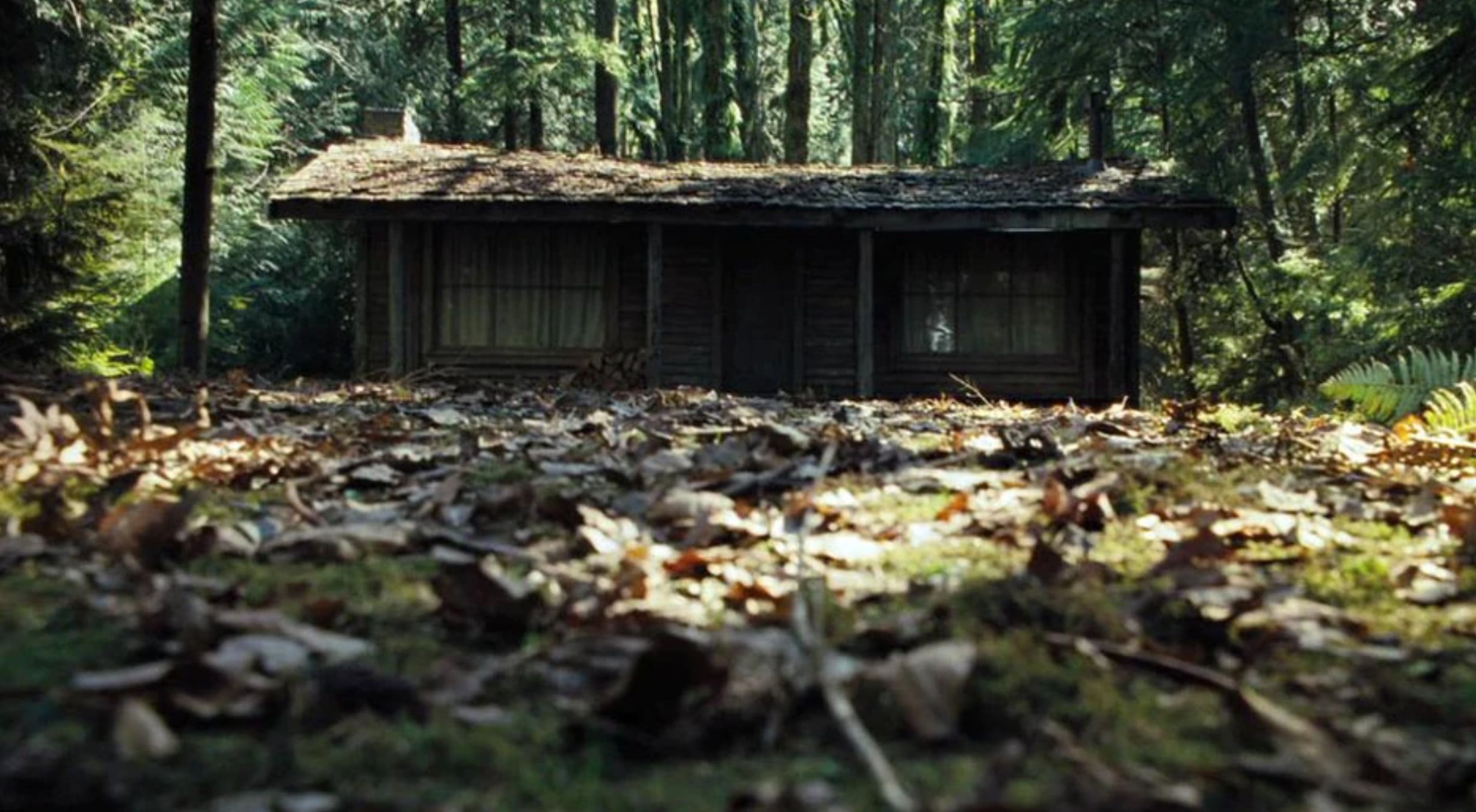
2 Comments